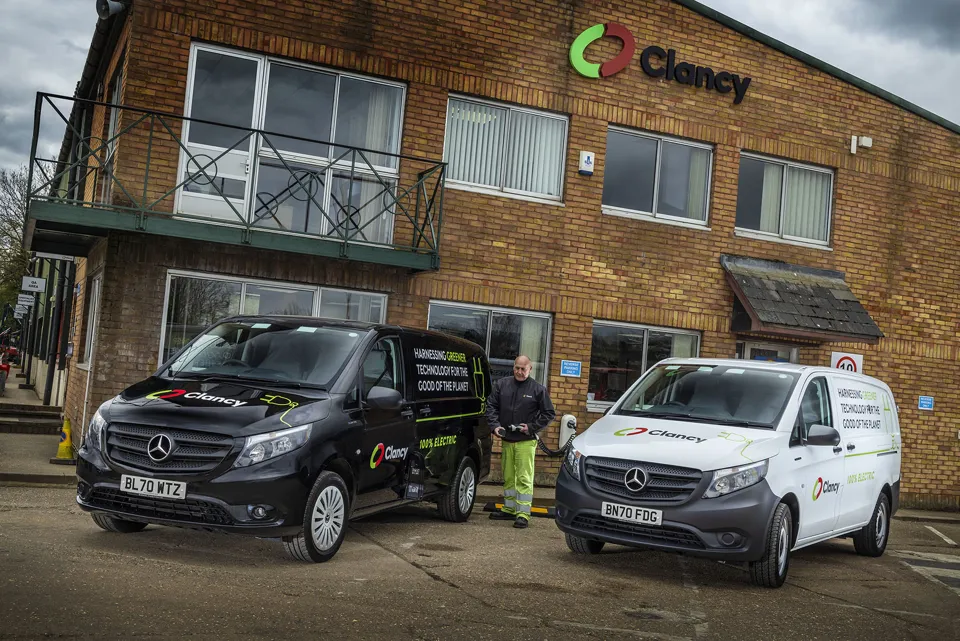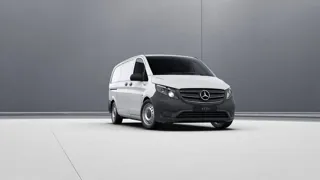Utilities contractor Clancy has added seven electric Mercedes-Benz eVito vans to its fleet.
Provided by Midlands Truck & Van, the leased vehicles will be monitored by the fleet to asses their performance and suitability for its various areas of work.
The eVito vans are based at Clancy depots in the south and east of England, and undertake a range of duties, from supporting water meter replacement teams, to delivery of essential parts and materials to construction sites in London, where the eVito’s Congestion Charge exemption translates into welcome £11.50 per vehicle daily savings.
David Janes, head of operations at Clancy Plant, said: “We are working hard to find ways to drive sustainability as we continue towards our goal of net-zero carbon emissions by 2030.
“Decarbonising our fleet will be crucial if we want to achieve this, and so we are constantly assessing the technology available to support our business activity in a sustainable way. Investing in fully electric vehicles will be an important pillar of our net-zero strategy.
“We plan to install charging points across many of our depots in the next year, to pave the way for the introduction of more electric vehicles. We’ll use them wherever they can meet our operational requirements.”
As the market advances, the business says it will be keeping track of new developments such as longer-range batteries, and is also investigating other ways to reduce the impact of its operations on the environment too, by using cleaner gas-to-liquid fuel for its diesel-engined vehicles.
Clancy’s L2 eVito vans have gross weights of 3.2 tonnes. Five are Pure variants with payload allowances of 905Kg, and an average range on a full battery charge of 92 miles.
The remaining two are Progressive models, with colour-coded bumpers and wheel covers. All wear specially designed graphics reinforcing Clancy’s ambition to ‘harness green technology for the good of the planet’.
Like its diesel-engined stablemate the eVito has sliding load doors on both sides, providing easy access, in the case of the L2 variant, to up to 6.0 cubic metres of cargo area.























Login to comment
Comments
No comments have been made yet.